Source: CNBC, article by Robert Ferris
Arctic sea ice is melting at a rate far faster than anyone thought, and it is already wildly, and perhaps permanently, changing the region, and the planet.
Historically, sea ice forms every winter across the top of the planet, and covers much of the Arctic Ocean. Every summer, the ice melts a bit and retreats, only to repeat the cycle again. But since the 1980s, the ice has been retreating further and further overall, contributing to sea level rise, changes to ecosystems, and erosion so severe it is biting off chunks of coastlines in Alaska, Canada and elsewhere.
As 2016 continues apace to be one of the warmest years on record, Arctic sea ice levels appear to be among the lowest on record, said Tom Wagner, program manager for NASA's cryosphere research — a name given to the study of frozen regions of the planet. "It doesn't look like the ice is healing or growing back."


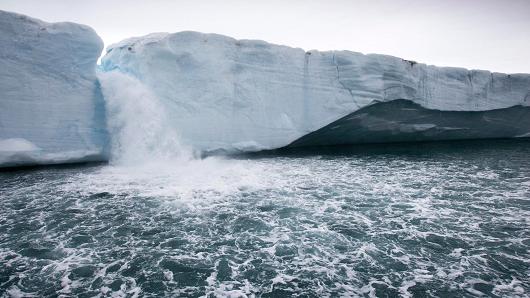






















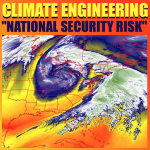
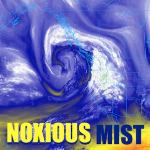
















































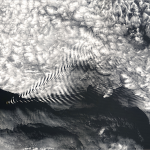























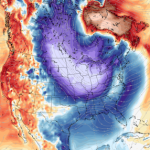









































Leave a Reply